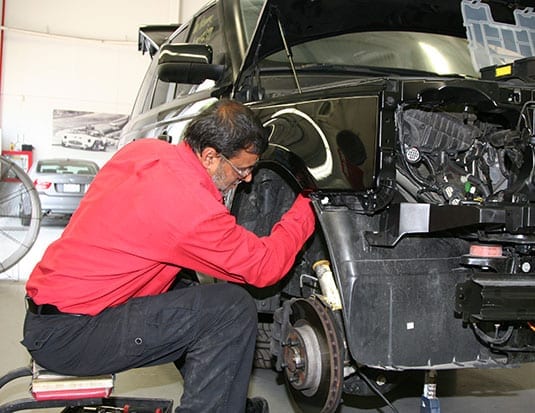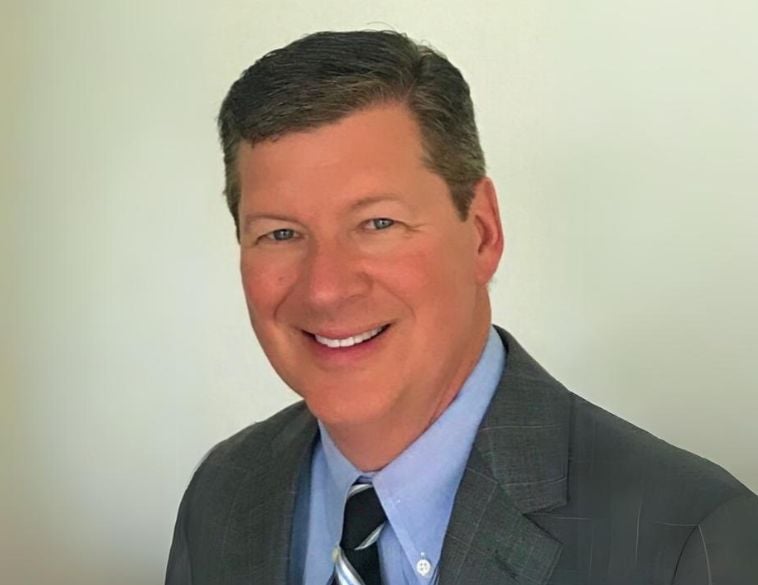Systems still have room for improvement.
Although electronic parts procurement systems were first introduced back in the 1990s, they fell short of expectations.
That’s because the systems only worked 95 percent of the time, and that just wasn’t good enough. “Sometimes the OEM part number was not always the right part,” explains Jack Rozint, Vice President of Sales and Service, Auto Physical Damage at Mitchell International. “You could order a mirror, and if you didn’t include the colour code, you could get the wrong colour mirror for the car. Naturally, you’d find that out on Friday afternoon as you’re getting ready to deliver the car.”
Typically, the five percent of wrong parts fell into items like clips, mouldings and mirrors. There was a need for systems to hone in and provide information like paint codes, and other data that gets the right part ordered first time around.
Shops maintain control
Today’s systems are more intelligent. They’re linked to more and better data, and can make better procurement transactions that can produce a much better result.
Mitchell is in the process of rolling out Mitchell Parts, their own procurement initiative. “We’ve partnered with a company called Uparts, which have been doing this since 2012,” says Rozint. “It fully integrates with existing Mitchell estimating software, and is very flexible.”
The system also keeps collision repair shops in control of who they buy from. “Some of the other systems just recommend the lowest priced parts they can find,” says Rozint. “There may be other factors, so the repairer decides who their preferred suppliers are. “We enhance the repairer’s ability to make those decisions because everything is tracked—every single transaction is date and time stamped from, when the parts supplier picked the part from their inventory to, when it was shipped, and more.”
Industry survey
According to Mike Anderson, President of CollisionAdvice, collision repair shops want to be able to import the parts invoice back into the management system to eliminate all the time spent typing invoices in with prices and parts numbers.
“The biggest challenge that shops have when they have a parts invoice is importing that back into their management system,” says Anderson. “There’s a lot of time spent manually re-keying those invoices, which can translate to inaccurate data entry.”
Anderson does an industry survey in the U.S. every three months, and has asked shops to rate different parts ordering solutions. He found that 53.9 percent of shops have multiple electronic parts systems installed, and 21.8 percent have no system. “Almost one-third of shops, including those that are required to use a system by their insurer, would prefer not to use any of the systems currently available.”
“I believe that a system also needs to enable a shop to scrub or decode by VIN, which can identify all trimlevel packages to ensure the right parts get ordered,” says Anderson. “They also want the ability to see OEM parts graphics when writing an estimate because many feel the existing database graphics are incomplete. Finally, only quality vendors should be in parts programs, showing real-time inventory, so that users are not seeing a part that’s no longer in the inventory.”
“There is no one single system that does all those things.”



